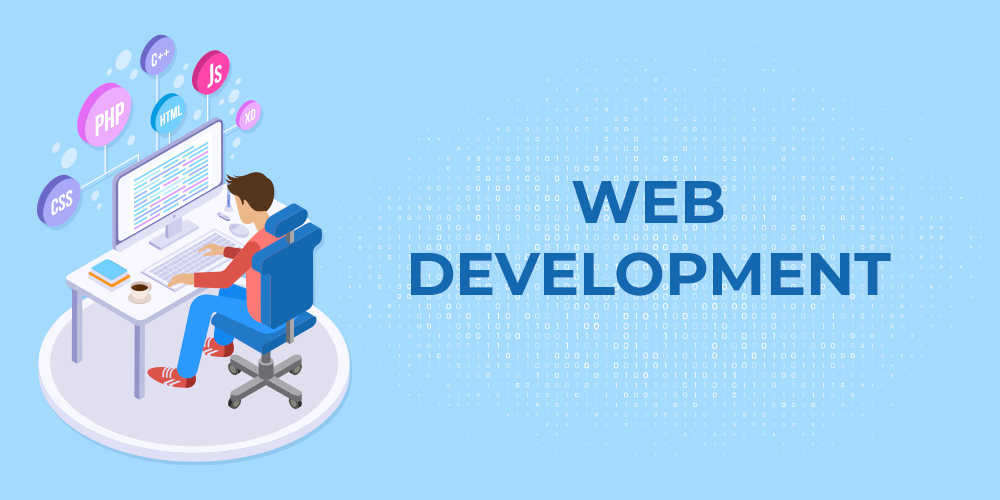GraphQL is a popular open-source query language and runtime for APIs that was developed by Facebook. It was first released in 2015 and has gained popularity in the web development community due to its flexible and efficient nature. In this article, we will introduce you to GraphQL and how it is used in web development.
Contents
What is GraphQL?
GraphQL is a query language that allows you to interact with APIs in a more efficient and flexible way. It provides a more organized, efficient, and powerful alternative to REST APIs, which are currently the most commonly used method for building APIs.
In REST APIs, web development often need to make multiple requests to the server to fetch the required data, and the server responds with a fixed set of data. With GraphQL, developers can specify exactly what data they need, and the server will respond with only that data. This means that developers can get all the required data with just one request, which makes it more efficient.
GraphQL can be used in a variety of programming languages, including JavaScript, Ruby, Python, and others. It is not tied to any specific database or storage system, and can be used with any backend technology.

How GraphQL Works
In GraphQL, the client specifies what data it needs, and the server responds with the requested data. This is done using a GraphQL schema, which defines the types of data available and the queries that can be made.
The schema is created by the server, and it defines the types of data available, including objects, lists, and scalars. The schema also defines the queries that can be made, and each query has its own resolver function that retrieves the requested data from the server.
When a client sends a query to the server, the server validates the query against the schema and then executes it. The server then sends the requested data back to the client in the form of a JSON object.
Benefits of GraphQL in Web Development
There are several benefits of using GraphQL in web development, including:
- Efficient Data Retrieval: With GraphQL, developers can retrieve only the data that is required, which makes it more efficient than REST APIs. This also reduces the amount of data transferred over the network.
- Flexible Data Structure: GraphQL provides a flexible data structure that can be customized based on the requirements of the application. This makes it easier to make changes to the data structure without affecting the client-side code.
- Better Client-Server Communication: GraphQL provides a more efficient way for the client and server to communicate with each other. This is because the client specifies exactly what data it needs, and the server responds with only that data.
- Reduced Overfetching and Underfetching: With REST APIs, web development often fetch too much data or too little data, which can lead to overfetching or underfetching. With GraphQL, developers can specify exactly what data they need, which reduces the chances of overfetching or underfetching.
Getting Started with GraphQL
To get started with GraphQL, you will need to learn the GraphQL syntax and how to create a schema. Here are the basic steps to create a GraphQL API:
- Define a Schema: The first step is to define a schema that specifies the types of data available and the queries that can be made.
- Write Resolver Functions: Each query in the schema needs a corresponding resolver function that retrieves the requested data from the server.
- Implement the GraphQL API: Once you have defined the schema and written the resolver functions, you can implement the GraphQL API using a server-side framework such as Node.js or Ruby on Rails.
- Use the API on the Client: Once the API is up and running, you can use it on the client-side to retrieve data from the server.



